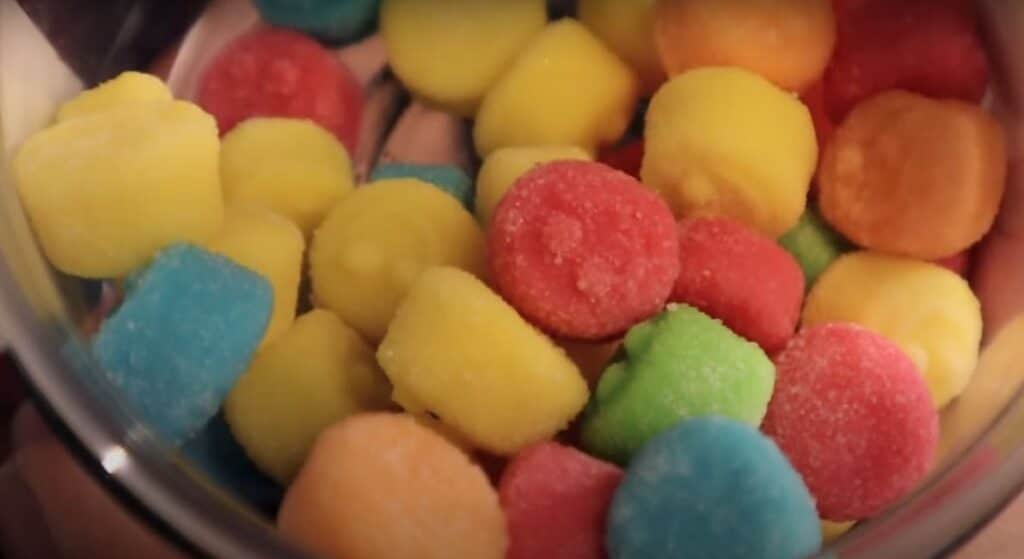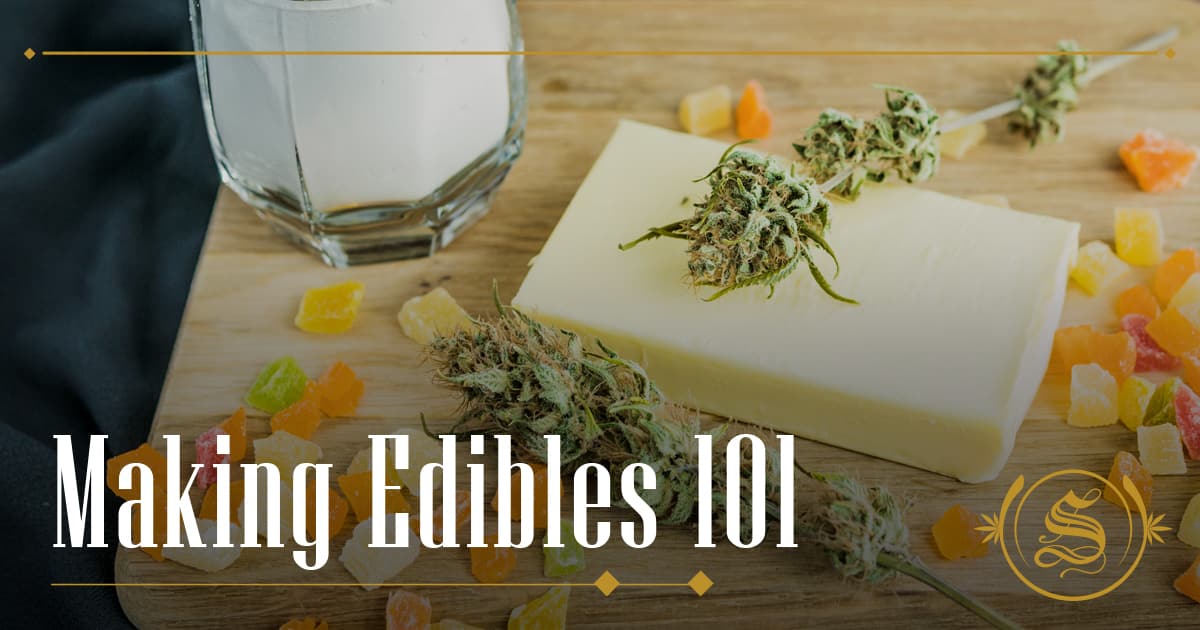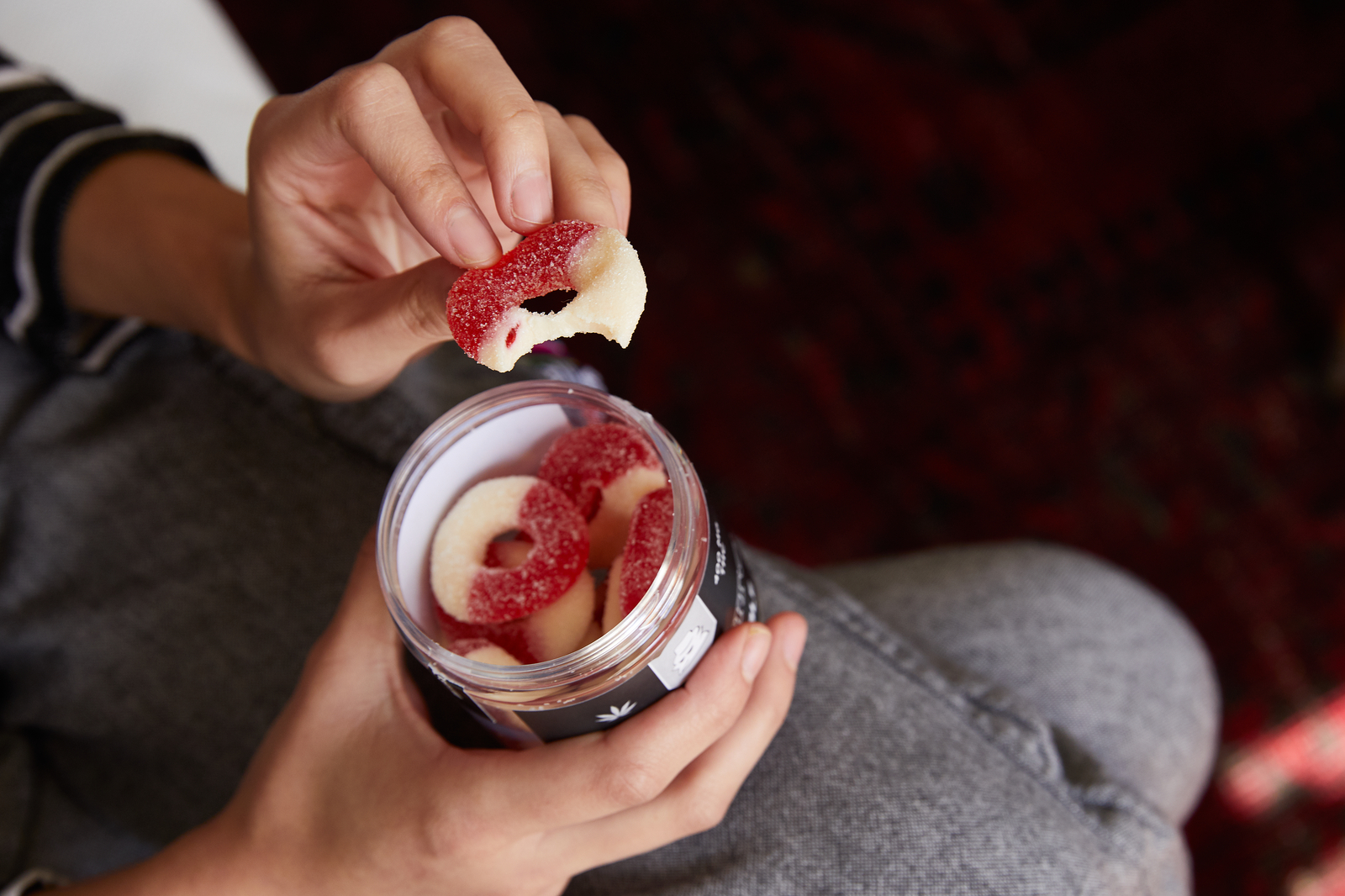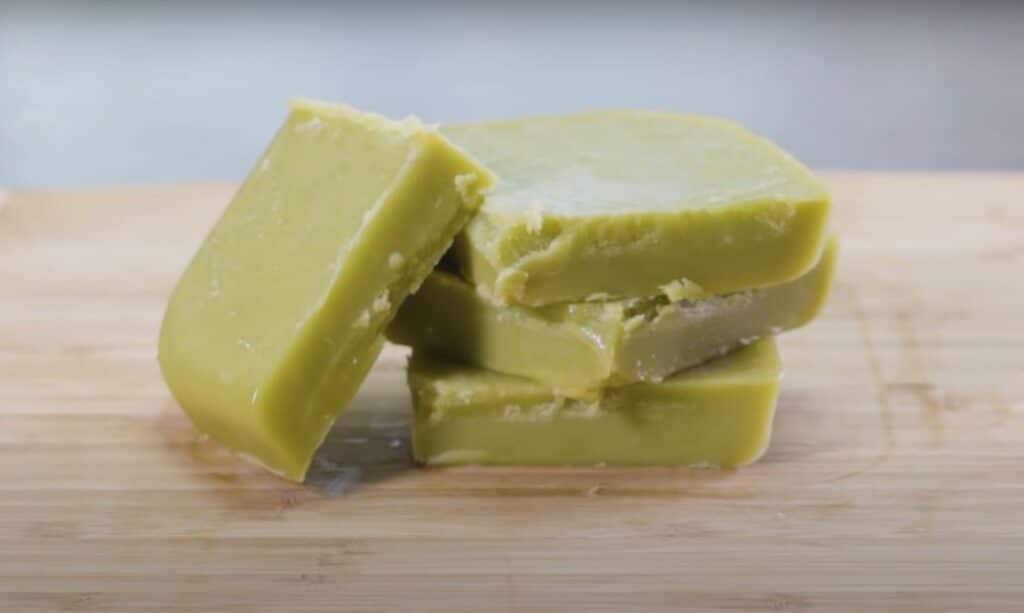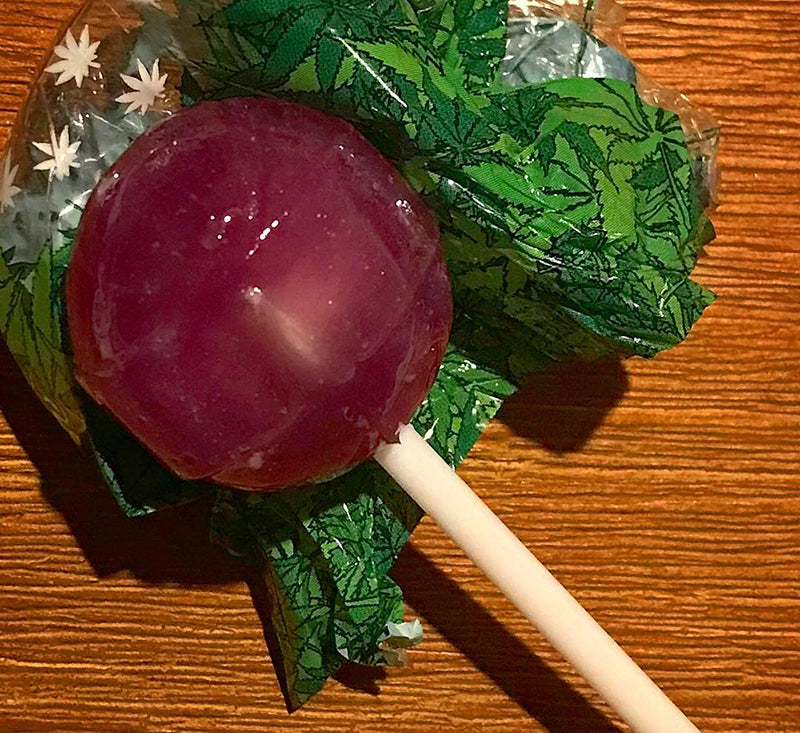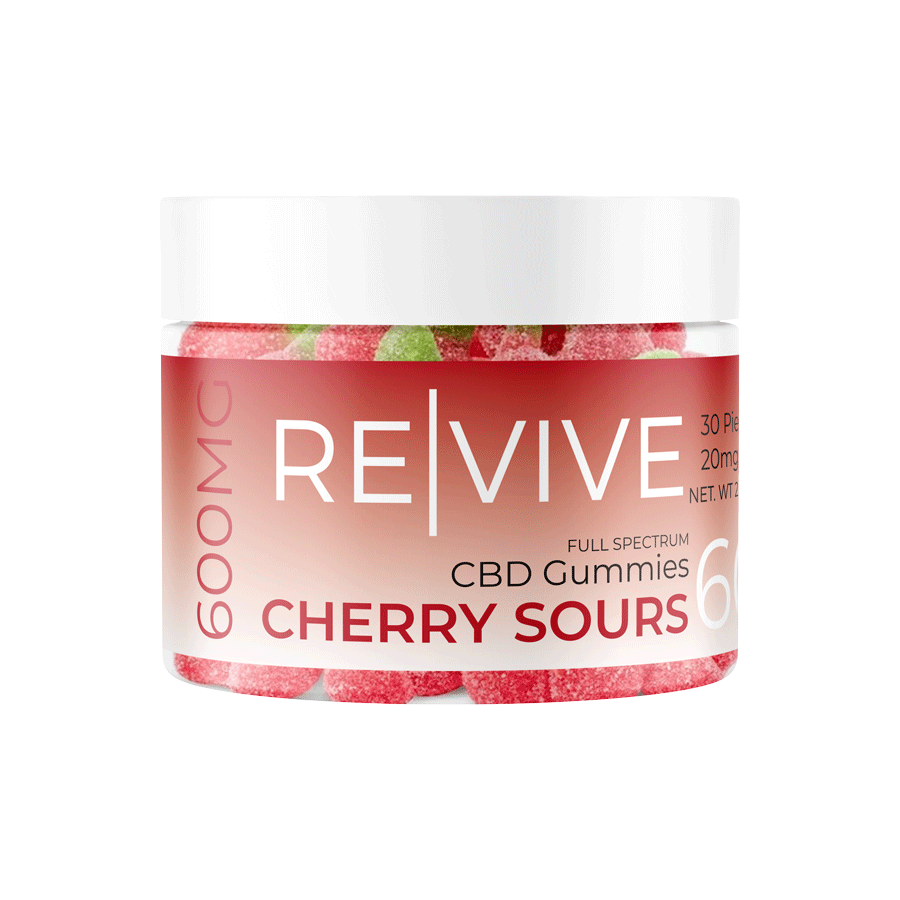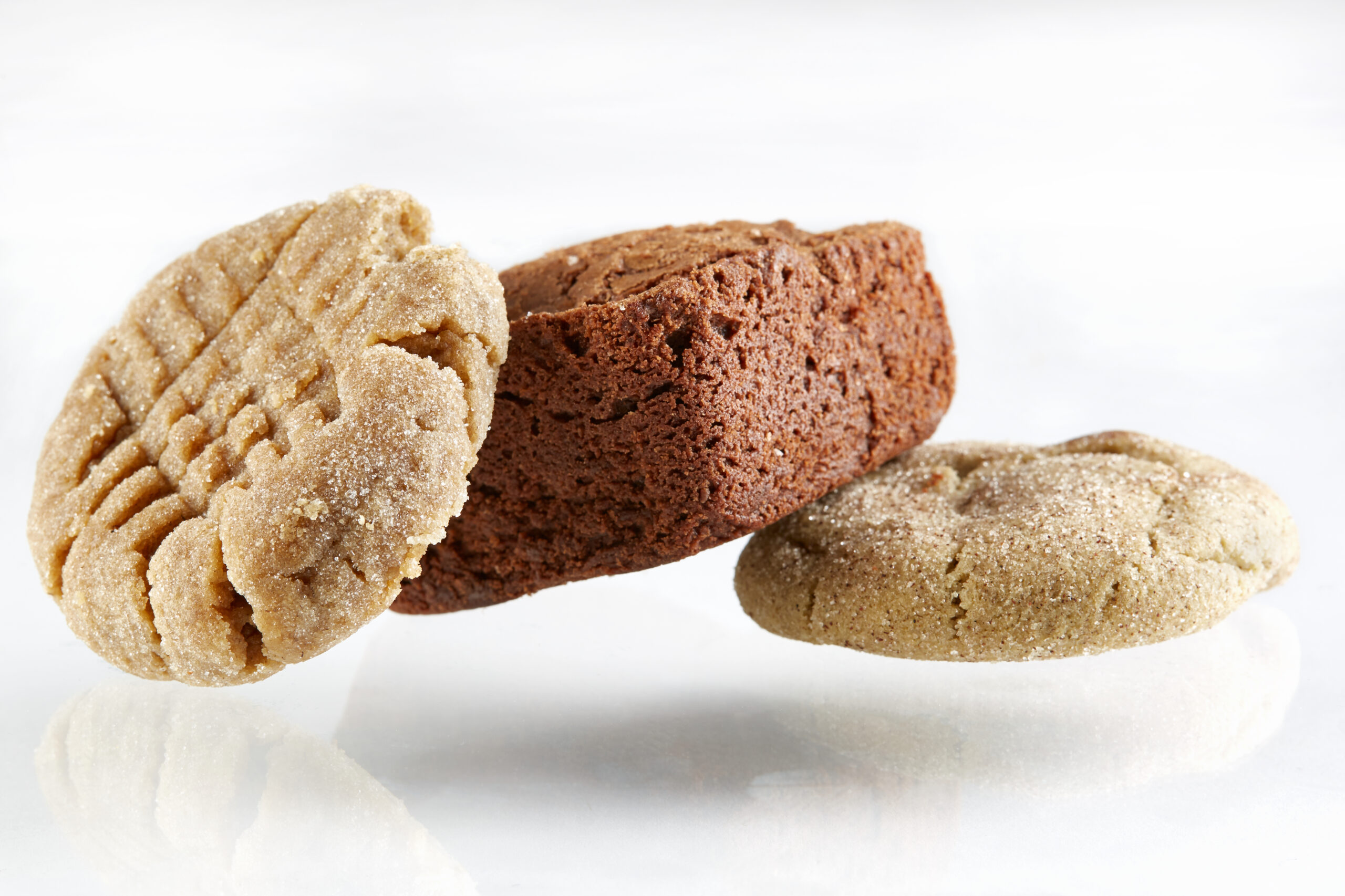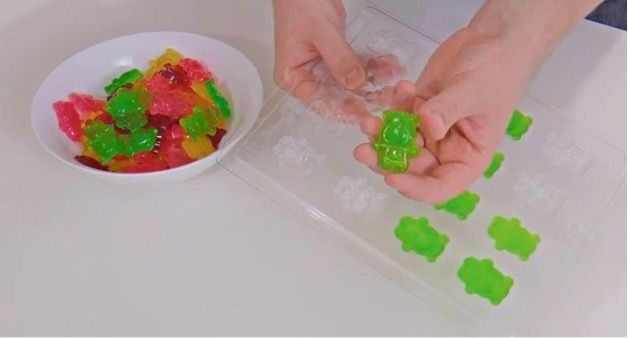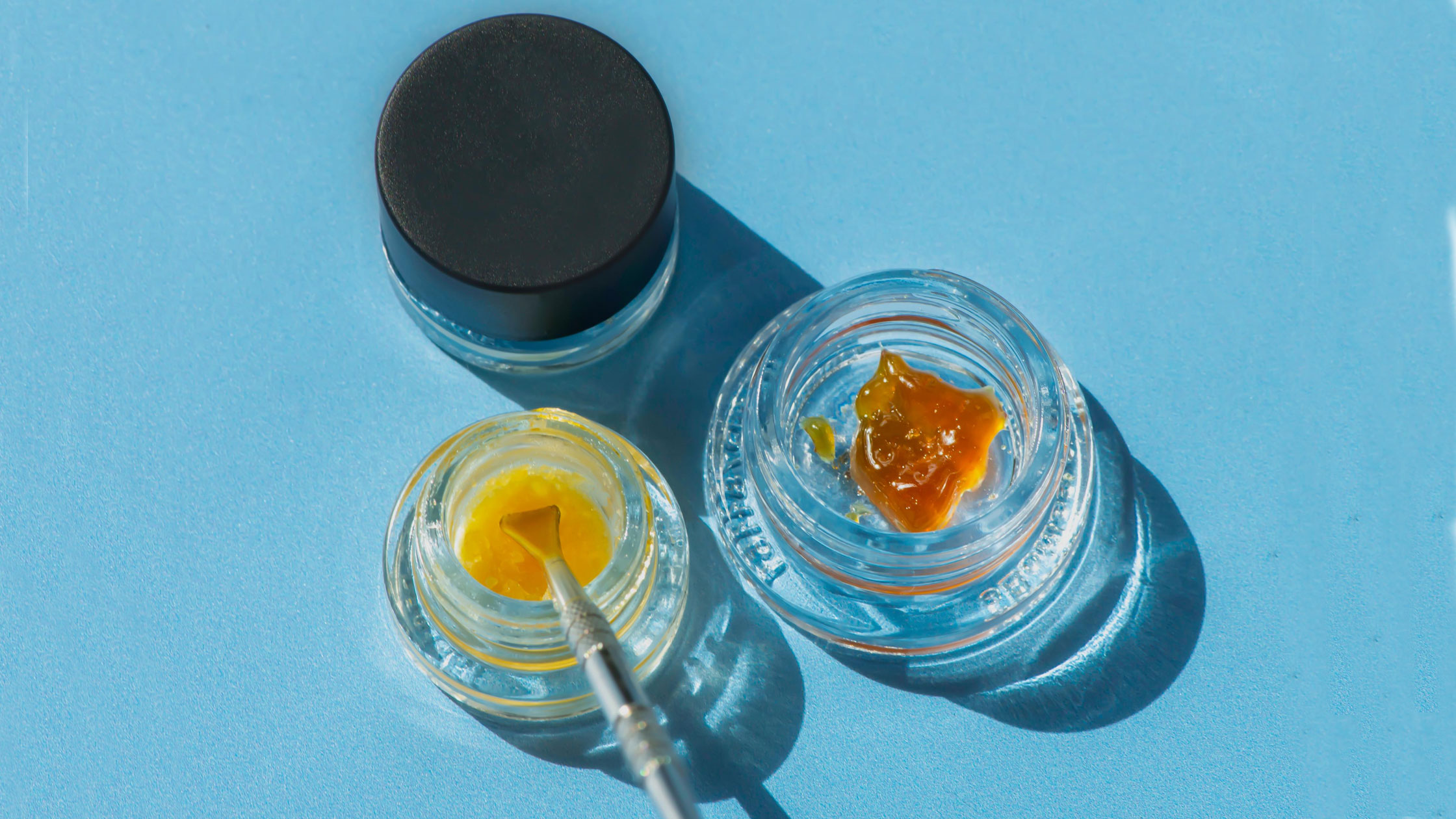How To Make Edibles In 30 Minutes

The aroma of simmering cannabis wafts through kitchens across the nation, not for traditional smoking, but for a more discreet and controlled consumption method: edibles. While the traditional methods of infusing butter or oil can be time-consuming and complex, a growing interest in rapid, efficient edible creation is emerging. This trend promises accessible and convenient ways to experience the effects of cannabis within a mere 30 minutes.
However, this shift raises concerns about potency control, safety, and responsible consumption. Are these quick methods truly reliable? And how do they impact the overall edible experience?
The 30-Minute Edible: A Feasibility Study
The concept of crafting edibles in under 30 minutes revolves around bypassing traditional infusion methods. Instead of slowly steeping cannabis in fats to extract cannabinoids, these methods rely on concentrated forms like tinctures or pre-made cannabis concentrates. This approach prioritizes speed and ease of preparation.
The appeal is understandable: individuals seek a faster alternative to lengthy processes. Furthermore, accessibility to cannabis products is expanding with the growth of legal markets, fueling demand for convenient consumption methods.
Methods for Rapid Infusion
Several approaches dominate the 30-minute edible landscape. The most common involves using cannabis tinctures, alcohol-based extracts already rich in cannabinoids. These tinctures can be directly added to food items, offering instant infusion.
Another popular method utilizes pre-made cannabis concentrates like distillates or isolates. These highly potent forms are decarboxylated, meaning they're ready to be consumed directly without further activation.
Simply mixing a precise dose of the concentrate into a simple recipe, such as a quick no-bake cookie or a smoothie, allows for a rapid edible creation.
Recipes Optimized for Speed
The recipes associated with these rapid infusion methods are typically simple and require minimal cooking. Examples include adding tincture to a yogurt parfait, mixing distillate into melted chocolate, or incorporating concentrates into a peanut butter sandwich.
These approaches eliminate the need for lengthy baking or cooking processes. Therefore, they significantly cut down on preparation time.
The Crucial Question of Potency Control
While speed is a major draw, the key challenge with these methods is accurate potency control. With traditional infusions, the potency can be estimated based on the starting material and the amount of fat infused.
However, using concentrates and tinctures requires precise measurements and a thorough understanding of the product's cannabinoid content. Without accurate dosing, consumers risk overconsumption and adverse effects.
Dr. Emily Carter, a cannabis researcher at the University of Colorado Boulder, emphasizes the importance of precise dosing. “Consumers should always start with the lowest possible dose, especially when using concentrates, to gauge their individual sensitivity.”
Navigating the Dosage Minefield
To mitigate the risk of overconsumption, consumers should always start with a low dose, typically around 2.5-5mg of THC. Carefully reading the product label and understanding the concentration of THC is also crucial.
Using tools like calibrated syringes or measuring droppers can improve the accuracy of dosage. It’s also crucial to remember that the effects of edibles can take up to two hours to fully manifest, so patience is paramount.
Resist the urge to consume more if the initial effects are not immediately felt.
Safety Considerations and Responsible Consumption
Beyond potency control, other safety considerations are vital. Storing edibles safely, out of reach of children and pets, is crucial to prevent accidental ingestion.
Furthermore, consumers should be aware of the potential interactions between cannabis and other medications. Consulting with a healthcare professional is advisable, especially for individuals with pre-existing medical conditions.
Responsible consumption also entails avoiding driving or operating heavy machinery after consuming edibles. The impairing effects of cannabis can significantly impact coordination and reaction time.
"Cannabis consumption should always be approached with caution and respect," states Mark Johnson, Director of the National Cannabis Industry Association. "Consumer education is paramount to ensuring a safe and enjoyable experience."
The Future of Fast Edibles
The trend towards rapid edible creation is likely to continue, driven by consumer demand for convenience and accessibility. As the cannabis industry matures, we can expect to see more innovative products and methods designed to simplify the edible-making process.
However, the industry has a responsibility to prioritize consumer safety and education. Clear labeling, accurate dosing information, and educational resources are essential to empower consumers to make informed decisions.
Ultimately, the future of fast edibles hinges on balancing convenience with responsibility.

